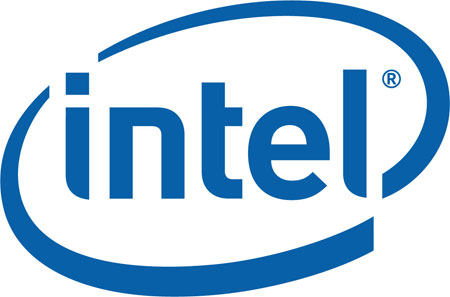 Intel is often seen as a bellwether for the technology industry, and particularly so as the world creeps out of the global recession. The world’s largest semiconductor company touched bottom in the first quarter last year, but saw a signs of a recovery in the second quarter despite a $1.45 billion fine by the European Commision.
Intel is often seen as a bellwether for the technology industry, and particularly so as the world creeps out of the global recession. The world’s largest semiconductor company touched bottom in the first quarter last year, but saw a signs of a recovery in the second quarter despite a $1.45 billion fine by the European Commision.
The third quarter was where things really turned around, and Intel expected even better for the fourth quarter thanks to Windows 7 and the new hardware upgrade cycle it would spawn. Those prediction have now come true.
The company reported revenue of $10.6B and profits of $2.3B for Q4, despite paying out $1.25B to its chief competitor AMD in a a major cross-licensing settlement. To put things in perspective, net income is up 875% over the same period from 2008. Gross margins reached a record 64.7%. Intel posted revenue of $35.1B and an overall profit of $4.4B for all of 2009.
“We have seen a return of consumer demand and replenishment to normal inventory levels after the precipitous demand drop at the end of 2008 and the beginning of 2009. The fourth quarter was consistent with this trend, with unit shipments seasonally up in the typically higher fourth quarter. In addition, we experienced higher average selling prices due to a mix shift to our latest generation of processors,” stated Stacy Smith, the company’s Chief Financial Officer.
The future looks bright this year for Intel as it ramps up production of new 32nm CPUs. It introduced 32nm Westmere-based Clarkdale and Arrandale chips this month, as well as started shipping N450 Pineview Atom CPUs.
Six-core 32nm Gulftown CPUs will be introduced fairly soon, but it is the energy efficient 32nm server chips that will bring in big profits. The new Sandy Bridge architecture and will also be introduced around the timeframe of the 2010 Intel Developer Forum. The first 32nm Atom CPUs will be shown at that time as well.
Editors' Recommendations
- 4 CPUs you should buy instead of the AMD Ryzen 7 5800X3D
- Intel is cooking up an exciting DLSS 3 rival
- Billions of Intel CPUs are leaking passwords and killing performance
- AMD Ryzen 9 7950X3D vs. Intel Core i9-13900K: only one choice for PC gamers
- Intel’s Thunderbolt 4.2 promises up to three times the capability of predecessor


